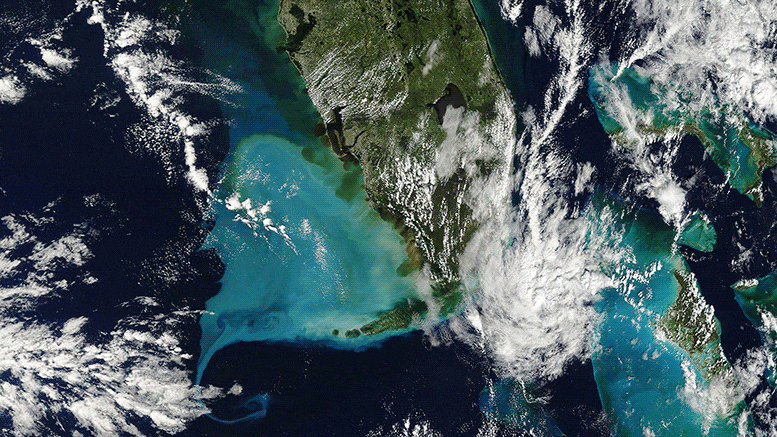
Storm-stirred sediment produced colorful swirls along the western coast of Florida.
Hurricane Ian barreled into Florida’s southwestern coast on September 28, 2022, as a powerful category-4 storm with sustained winds of about 150 miles (240 kilometers) per hour. However, wind was not the only destructive component of the powerful storm; water was also a major factor, in the form of a catastrophic storm surge, relentless downpours, and intense flooding.
The redistribution of water is clearly evident in these natural-color satellite images, which show colorful swirls of sediment that the storm stirred up in Florida’s coastal waters. The turquoise color is likely sediment that the storm Ian lifted from the seafloor as it neared the coast. Brown water closer to shore is likely colored by sediment from land, carried by rivers and runoff flowing into the ocean.
The image (upper) was acquired by the Moderate Resolution Imaging Spectroradiometer (MODIS) on NASA’s Terra satellite on October 1, 2022, a few days after landfall. For comparison, the second image (lower) shows a more typical view of the region’s coastal waters on September 22, 2022.
Notice that even before the storm, there is already some color in the water. Although smaller amounts of suspended sediments were likely present, much of the color is actually due to light reflecting off seagrass beds, the sandy seafloor, and coral reefs (especially around the Bahamas). Some of the darkest colors near rivers could be caused by tannins from decaying vegetation.
The image above was acquired by the European Space Agency (ESA)’s Sentinel-2 mission on September 30, 2022. It shows a detailed view of the coastline near Fort Myers, Florida. Parts of this coastline and barrier islands were among some of the hardest hit, with flooding from storm surge that likely measured at least 6 feet (2 meters) deep.
Almost one week after Hurricane Ian made landfall in Florida, swirls of sediment were still apparent on October 4.
NASA Earth Observatory images by Joshua Stevens, using MODIS data from NASA EOSDIS LANCE and GIBS/Worldview and modified Copernicus Sentinel data (2022) processed by the European Space Agency.

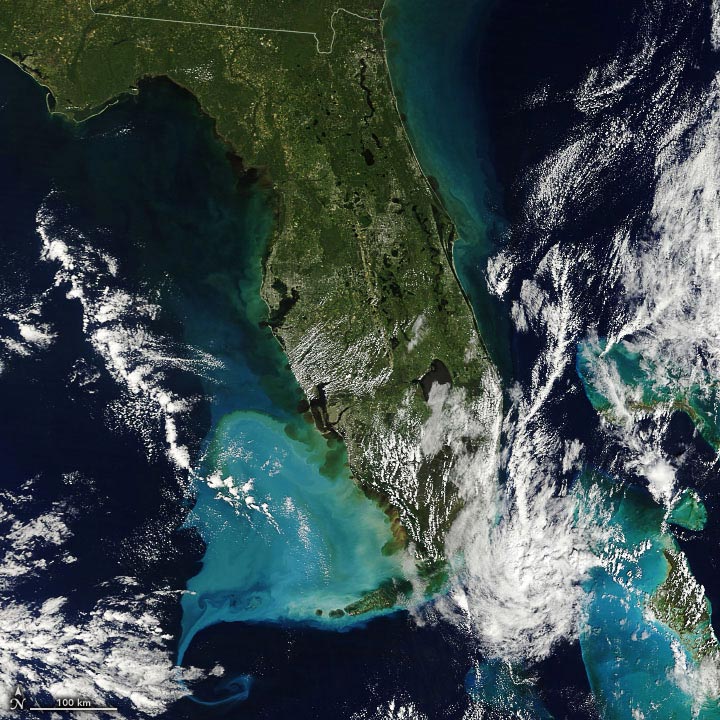
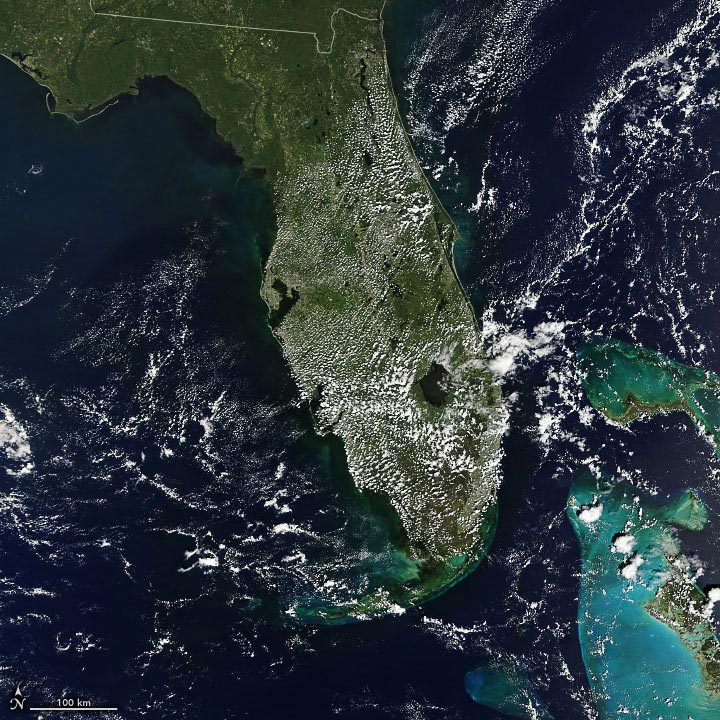
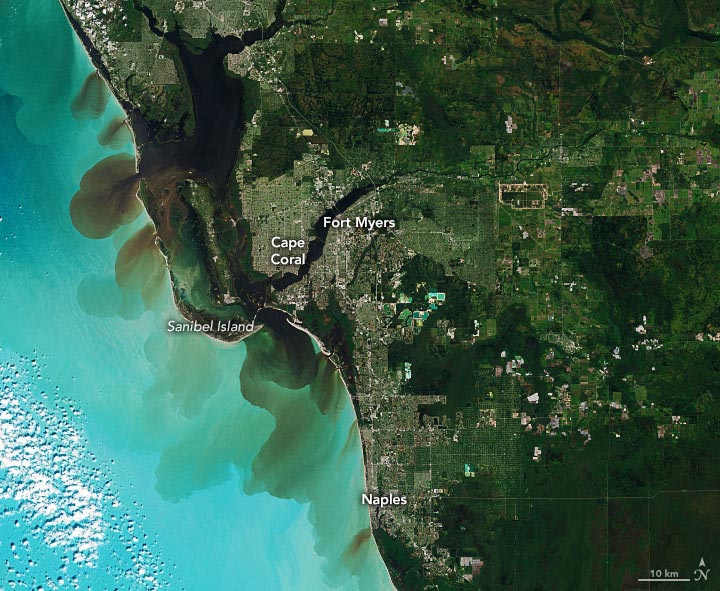

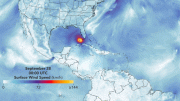

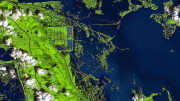
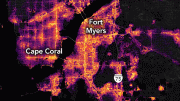



The last image, taken sept 30, shows the brown colored coastline water as a result of the turbulances that stirred up the sediments of landmass from river. How can be the clearly defined rim lines possible under such turbulances?